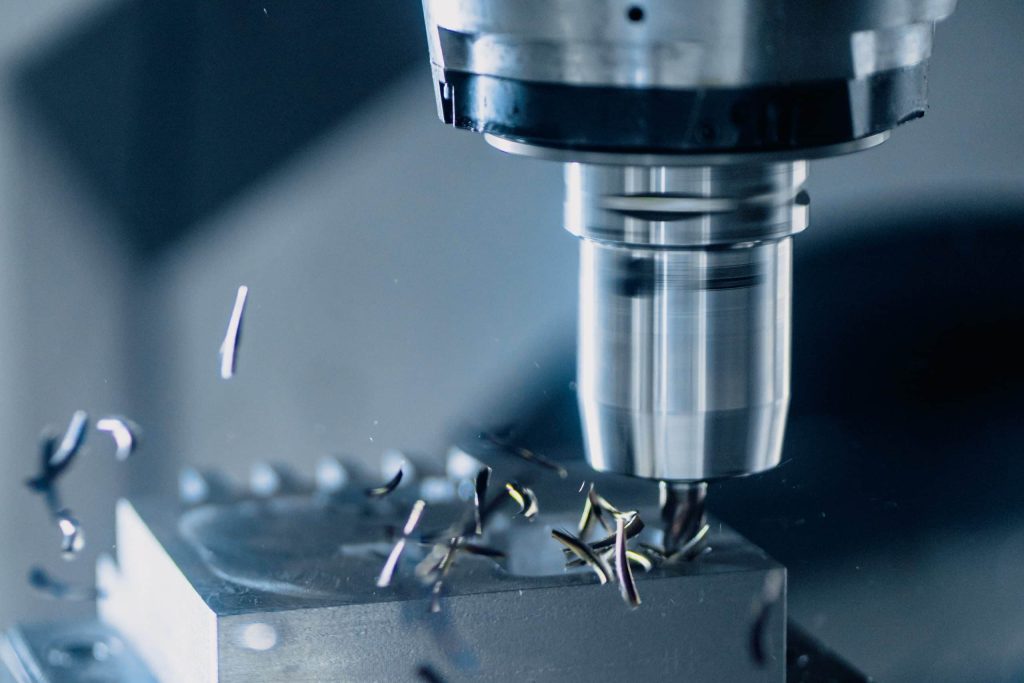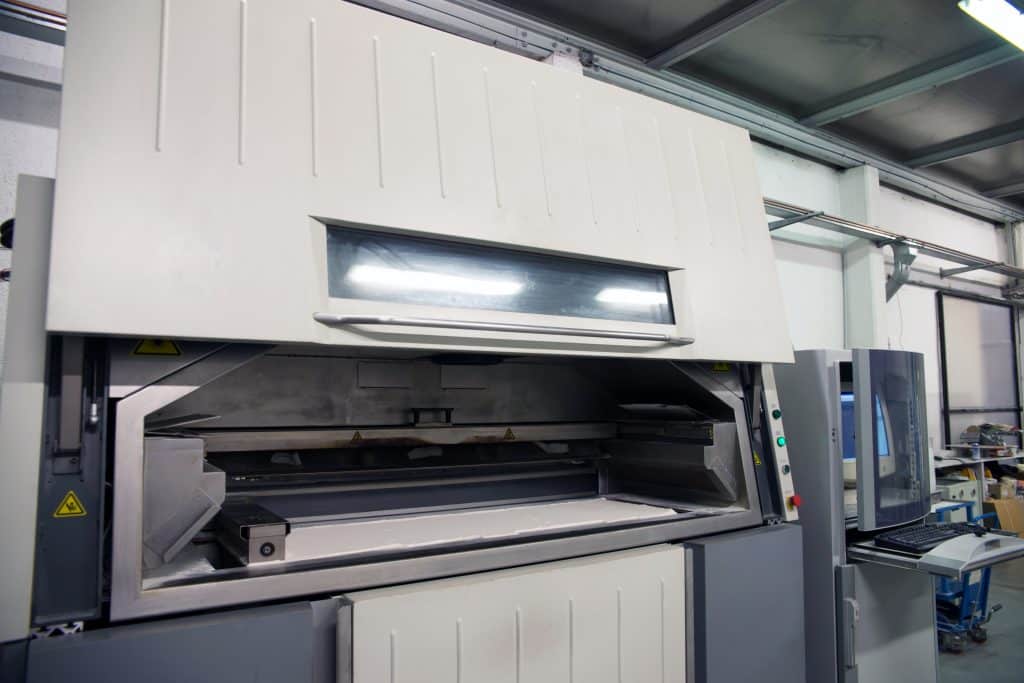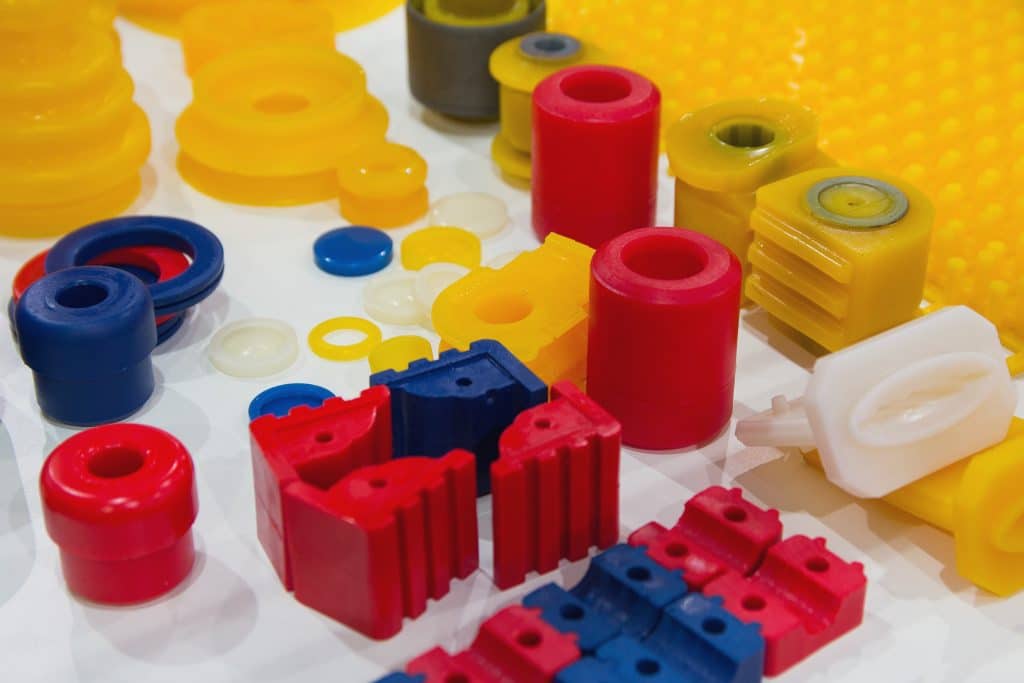If you are a company who has gone through their design process and needs to create one or two prototypes, you might wonder what the next step is. After all, you don’t want to produce thousands of this product just yet if you need to tweak aspects of it. Instead, consider low volume manufacturing.
Low volume manufacturing is a specialized service for those looking to do a small production order without the minimums and rigidity of high volume manufacturing.
What is Low Volume Manufacturing?

Many manufacturing companies have large, minimum orders since using traditional manufacturing processes to produce a small batch may not be cost-effective. To manufacture smaller products, though, there is low volume manufacturing.
Low volume manufacturing refers to the production of custom products in a small volume using a variety of methods, typically hybrid, depending on what is being produced. Using a hybrid approach means combining traditional manufacturing processes with additive manufacturing, which has a lower overhead cost and creates less material waste.
Instead of needing a large order, companies who are able to do low volume manufacturing have more flexibility in their numbers, generally producing orders anywhere from ten units to hundreds of units. Due to their smaller production numbers, low volume manufacturing is popular for those who need custom or special requests for a product. They also tend to have shorter lead times compared to high volume manufacturing.
What is high mix low volume manufacturing?
High mix low volume manufacture, or HMLV manufacturing, is a method of low volume manufacturing in which products are created with low similarities in small amounts. It has been gaining popularity in recent years as customer demands have become more diverse.
Methods of Low Volume Manufacturing

There are three main methods to low volume manufacturing: injection molding, CNC milling, and 3D printing. Each method has its own advantages and disadvantages that should be taken into consideration when implementing them for projects.
Injection molding
Injection molding is traditionally reserved for high volume manufacturing due to its tooling costs and complex setup process. However, more manufacturers are using injection molding for low volume projects, especially for those in the medical field.
Low volume injection molding can create plastic parts with consistent quality and characteristics, which can be used as a guide for a larger volume project or as a prototype.
CNC milling
CNC milling uses a subtractive manufacturing process to create the product, removing material to expose the design. Unlike the low volume injection molding, low volume CNC milling can create products much faster and often at a lower cost.
Using CNC milling allows for accurate designs and repeatability. However, a skilled machinist is required in all the steps, which can slow down prep times. Like all subtractive manufacturing, there is a larger degree of material waste.
3D printing
3D printing is one of the most common low volume methods. It is an additive process, meaning it layers material to create a product according to the CAD file and ultimately produces less waste.
3D printing lets designers create more intricate designs that can be realized, compared to that of injection molding or CNC milling, and is usually faster than CNC milling as it does not require the manually positioning of machines. Although 3D printing is ideal for most low volume manufacturing, sizing can be an issue, as it’s mostly used for smaller parts.
Benefits of Low Volume Manufacturing

Choosing low volume manufacturing over high volume has many benefits, especially if you are looking to do a short production run.
Cost effective
High-volume manufacturing often has large inventories of raw materials and equipment which means they have required order minimums.
Low volume manufacturing, on the other hand, tends to have lower overhead and can create the products without a minimum, making them more cost-effective.
Design flexibility
Low volume methods, like 3D printing, can create more intricate designs that traditional methods would have to work around, meaning anything can be created as long as the program can design it.
Producing a smaller volume of units also allows design changes to happen more quickly. If something on the product doesn’t work as expected in the overall design or if the unit doesn’t test well in the market, it can be redesigned at a faster pace. A smaller batch means less waste if there are changes to the design.
Faster run time
Due to its nature, producing a smaller batch of parts results in a shorter run time, even with slower methods like 3D printing or injection molding. A faster production time allows companies to analyze the product’s design, change it if needed, or release it directly into the market.
The less time that is spent manufacturing, the faster the product can reach its target audiences and save on overall production costs.
Allows for an interim phase
As low volume manufacturing allows for design changes and a faster production time, it creates a bridge between the initial prototype and final production. It lets the unit be created and tested, making sure there are no flaws, before moving onto a larger, final production run. This saves companies money before they invest in a product that may have issues.
Choosing the Right Manufacturing Process for Your Job
Determining if low volume manufacturing is right your job will come down to a few key factors including materials, timelines, and of course, how many units you need to produce. Low volume manufacturing comes with a host of benefits that can help get your product to consumers faster or allow you to adjust the design as needed. Low volume manufacturing is an excellent opportunity for businesses of all sizes. Our team of experts can help you get started on your next project, whether it’s a low volume or high volume order.

